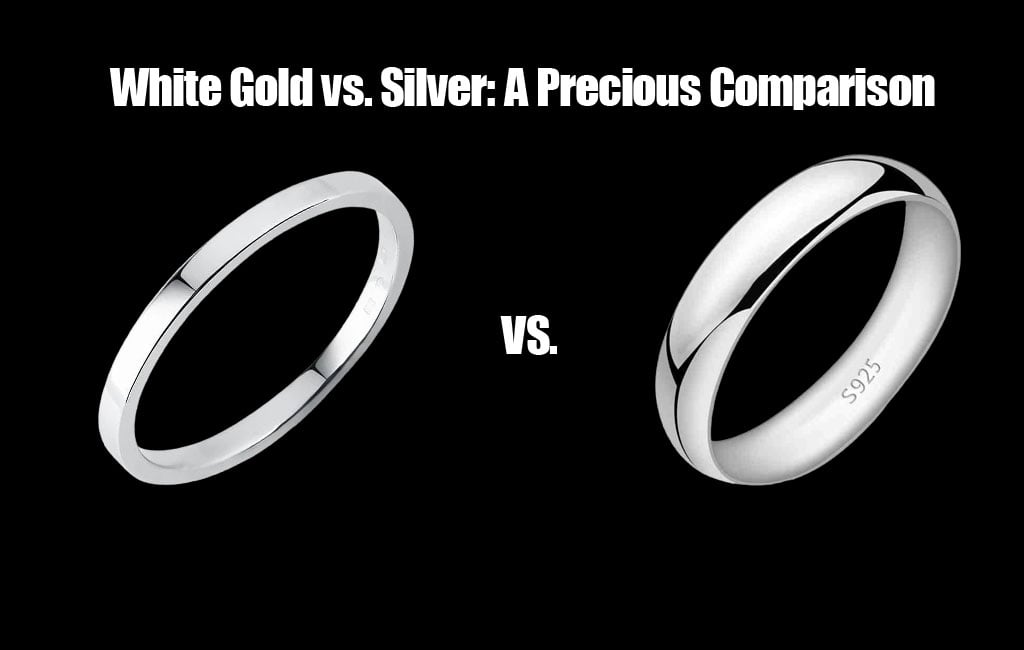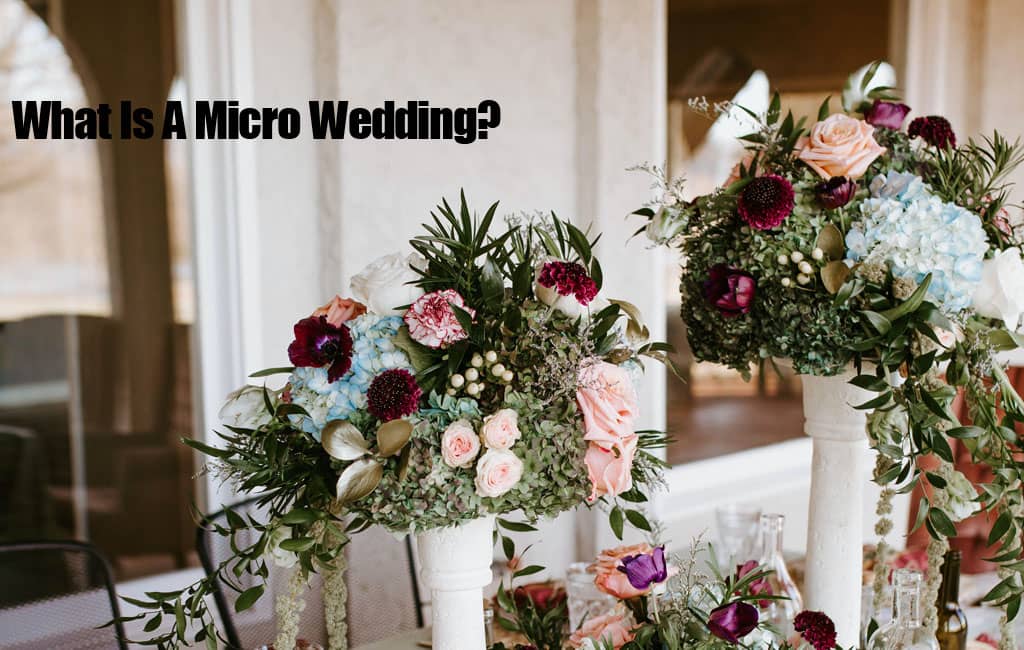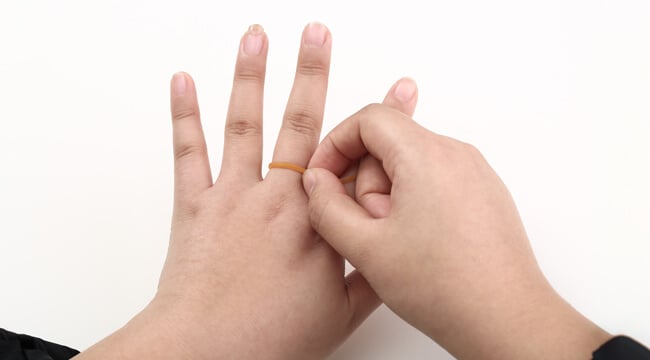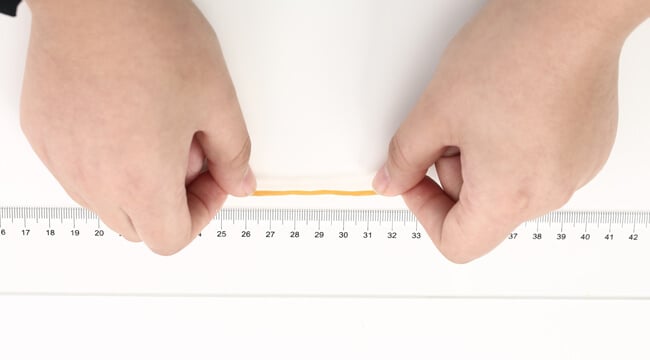Imagine yourself standing before an exquisite selection of jewelry adorned with sparkling, cool-toned metals that boast an alluring white sheen – each piece enticing you to purchase one of two alluring options – white gold and silver – only to find that choosing between them can be dauntingly difficult! However, both have distinct characteristics and qualities that help set them apart despite their obvious physical similarities.
In this comprehensive guide, we’ll embark on an exciting exploration of the fascinating differences and parallels between white gold and silver. Both metals find application in fine and fashion jewelry designs; ultimately, your decision between them should depend on your personal tastes and preferences.
Now, let’s venture into the fascinating world of metals and explore what makes each shine in its own special way.
What Is White Gold?
White gold, also referred to as “modern gold,” is an exquisite alloy composed of pure gold combined with other precious metals like nickel, palladium or silver. Each composition gives white gold its own special characteristics and charms that define its appeal.
White gold’s roots can be traced back to the early 20th century when it first emerged as an innovative alternative to conventional yellow gold. Not only does its innovative combination add an appealing silvery-white hue but it also boasts remarkable strength and resilience.
Like its yellow gold counterpart, white gold purity can be measured using karats. When an 18 karat white gold ring bears this mark it signifies it contains 75% pure gold (calculated as 18/24 = 75%) with 25% other alloying metals added for alloying purposes.
What Is Silver?
Silver is an element with the chemical symbol Ag. It is widely recognized for its beautiful luster and malleability, which make it perfect for crafting intricate jewelry or silverware items.
Silver is an exquisite metal in its own right, yet often combined with other metals such as copper, nickel or zinc to enhance its strength and durability. Sterling silver stands out in jewelry design thanks to an incredible 92.5% purity complemented by 7.5% other metals.
White Gold Vs Silver
Durability
White gold is known for its durability due to the alloying process which strengthens it. This makes it suitable for daily wear as it’s less likely to scratch or dent than pure gold.
Silver, while beautiful and malleable, is a relatively soft metal which makes it more susceptible to scratches and dents, thus making it less ideal for jewelry subjected to heavy wear and tear.
Value and Cost
White gold’s value depends on factors like its current market price of gold, craftsmanship, and design; typically more costly than silver due to its gold content and creation process, creating alloys can often make white gold more costly.
Silver is well-known for being more cost-effective than many other precious metals, making it an appealing option for those searching for jewelry without breaking their budget.
Color And Luster
White Gold’s Brilliant Shimmer Compared to silver, white gold possesses an eye-catching white shine owing to the combination of pure yellow gold with alloy metals such as nickel. When its rhodium coating fades over time, a visit to a jeweler for reapplication may be required.
Silver has a grayish-white hue and initially displays its full brilliance when purchased from a jewelry store, yet over time its luster gradually diminishes due to tarnishing, an impact caused by exposure to hydrogen sulfide in the air and contact with everyday high-sulfide items such as mustard, hard-boiled eggs or rubber bands.
Allergies and Sensitivities
Some individuals may experience skin sensitivities or allergies to white gold alloys containing nickel. To combat this concern, palladium-based white gold or other hypoallergenic options are available as hypoallergenic solutions.
Silver is often hypoallergenic, and thus safer for individuals with sensitive skin.
Care and Maintenance
White gold jewelry requires special care due to its delicate rhodium plating, as it wears away over time, leaving less brilliant shine behind. To restore its brilliant whiteness and keep looking stunningly white, visit your trusted jeweler every few years for a rhodium plating refreshment session.
Silver requires regular maintenance to avoid tarnishing, yet never rusts. To keep your silver pieces looking their best, try creating an effective yet straightforward cleaning regimen: Combine lukewarm water and dishwashing soap into a mild cleaning solution before gently polishing using a soft toothbrush to create delicate designs in silver jewelry. Afterward, store it in airtight containers to protect it against future tarnish.
FAQs
Is White Gold real Gold?
White Gold is an alloy composed of pure gold and other white metals, offering another form of precious gold.
Can I wear silver jewelry every day?
Silver jewelry requires regular maintenance in order to prevent it from tarnishing, but can still be worn daily with proper care.
Which is more expensive, White Gold or Silver?
Due to its gold content, white gold is typically more costly than Silver.
Do white gold chains tarnish like silver?
White Gold offers superior resistance against corrosion and tarnish compared to Silver.
Are there any cultural significant differences between White Gold and Silver in jewelry?
The cultural significance varies. White gold may have more modern associations while Silver could hold traditional or regional associations.
Conclusion
White gold and silver both shine brightly, each possessing unique qualities that draw people in. White gold impresses with its beauty, durability, and versatility while silver seduces with its affordability and classic charm – the choice between these precious metals ultimately rests with you depending on your personal preferences, needs, and budget.






